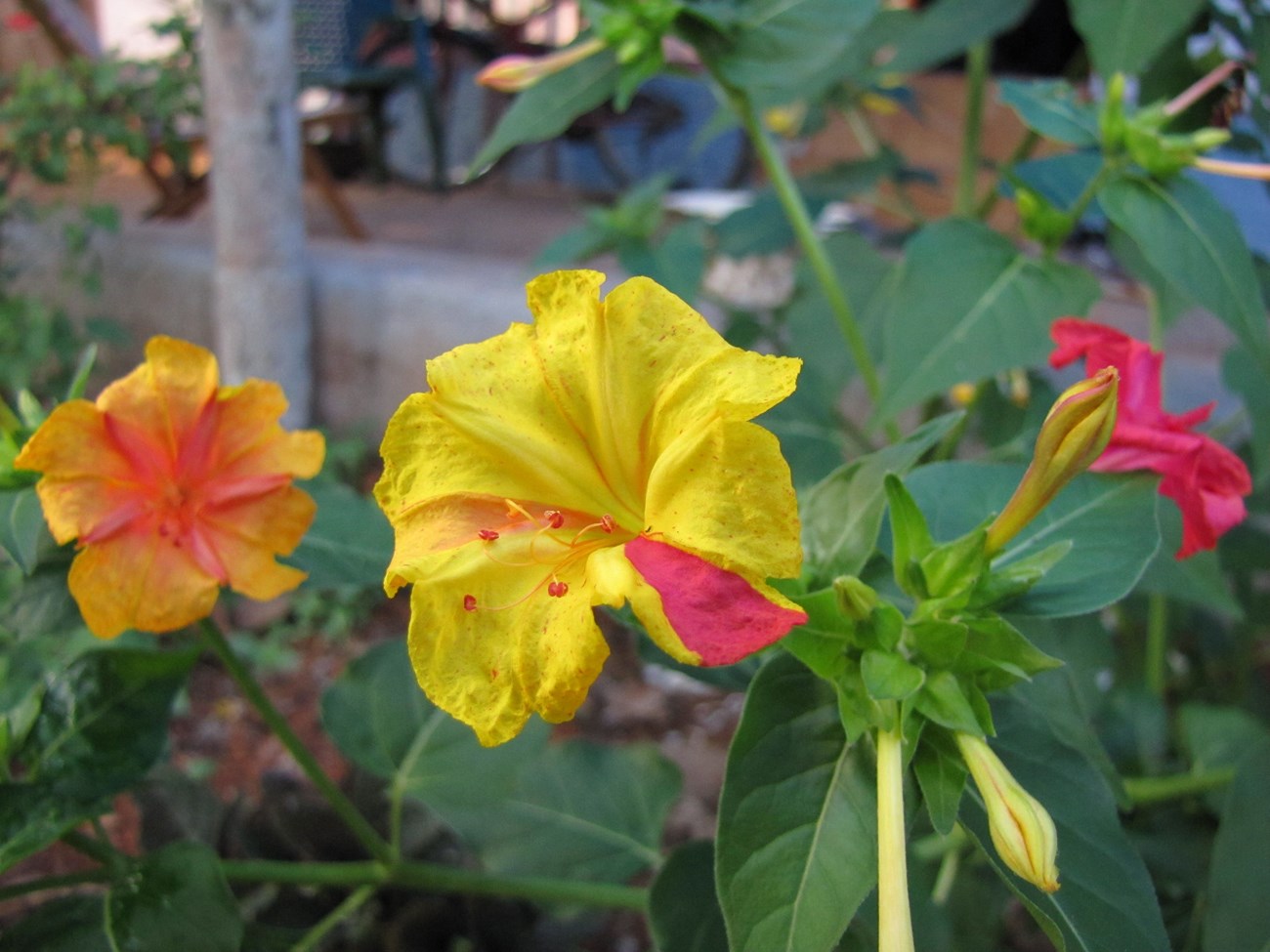Last updated: February 27, 2020
Article
Mexican War Medicine

Peggy und Marco Lachmann-Anke from Pixabay
Medical treatment during the U.S.-Mexican War era was a far cry from modern medicine. A person today might look upon medical treatments given to soldiers during the war with a bit of uneasiness. At times it seems as if the treatment was as harmful, if not worse, than the ailment.
That’s not to say Mexican War era medicine was without innovation. Anesthetics were used for the first time in a combat situation during the war in the spring of 1847. The practice of medicine as a whole was becoming more modernized. Surgeons and medical assistants in the U.S. Army were attaining a level of professionalism not seen before. Even such with advances, being wounded on a Mexican War battlefield or becoming sick while on campaign meant suffering was likely to follow.
Devastating Injuries
Muskets used by both U.S. and Mexican armies fired large caliber musket balls. These soft lead projectiles caused devastating injuries. The magnitude of the injuries increased dramatically with artillery rounds.
In addition, edged weapons were still used quite liberally during the Mexican War. Lances, bayonets, and swords created a frightening array of wounds for the surgeons to deal with. Often times, one is led to believe it might be better to fall on the battlefield than to have to survive such catastrophic injuries.
Unfortunately, for soldiers and soldados who found themselves with such wounds, the surgeon’s saw was usually the only remedy. Surgeons did not have the capability to save shattered limbs and had to resort to amputation. Sadly, many times this was just the beginning of a miserable experience for the soldier.
Disease - The Real Enemy
Often times the real enemy was infection and disease. Of the total casualties the U.S. military suffered during the war, only a small percentage came as a result of enemy fire. Wounds improperly cared for quickly became infected. A soldier could be counting his lucky stars to have survived an engagement with the enemy one day only to lose the battle to infection a few days later.
Muskets balls and bayonets were not the only thing to fear. Reports of yellow fever created just as much fear as a report of enemy movement. During the campaign in Mexico, cramped and unsanitary conditions in hospitals and sick quarters quickly spread disease amongst the huddled masses of soldiers. Places deemed as safe havens to recover and convalesce, soon became strife with dysentery and the dreaded vomito.

Vaikoovery (Public Domain)
The Strange and the Familiar
So what could you expect if you found yourself wounded on a Mexican War battlefield? A peek inside a Mexican Army medical field kit. These field kits had actually become quite standardized by the time of the war. The kits contained a bevy of supplies, some of them quite peculiar by today’s standards.
For example, the powder of the jalapa plant was used as a purgative and diuretic while lunar caustic or silver nitrate was used as an antiseptic. These kits also included tincture of opium for use as a cough suppressant and analgesic. One of the more exotic items on the kit supply list was pieces of Spanish fly or blister beetle to raise blisters around wounds.
Some of the items in these field kits might seem familiar. Soldiers used sodium bicarbonate as an antacid to treat stomach ailments. If that wasn’t enough to provide relief, castor oil could always be found in these kits. If you’ve ever had experience with castor oil, you know what kind of relief it offers.
Others seeking relief from the symptoms of malaria might have turned to quinine powder to treat the accompanying fever. Quinine can still be found, in trace amounts, in tonic water—it’s what gives it its distinct bitter flavor.

Evita Ochel from Pixabay
The Past and Future
We often take for granted everyday conveniences. Half of the things in your medicine cabinet would probably have been considered a medical marvel by a Mexican War era doctor. If you can’t find it in your medicine cabinet, chances are you can easily find something at a nearby supermarket or convenience store that can bring relief to most common ailments.
Dealing with the types of injuries acquired on a Mexican War battlefield would still be a challenge to attend to even with modern medicine. But imagine the relief the soldiers would have felt, literally, if they had access to acetaminophen tablets, elastic bandages, or antibiotic ointment.
Imagine the lives that would have been saved if doctors would’ve had access to broad spectrum antibiotics in their field hospitals. Perhaps one day, many, many years from now, people will write about the primitive medical treatments we had to “endure.”
